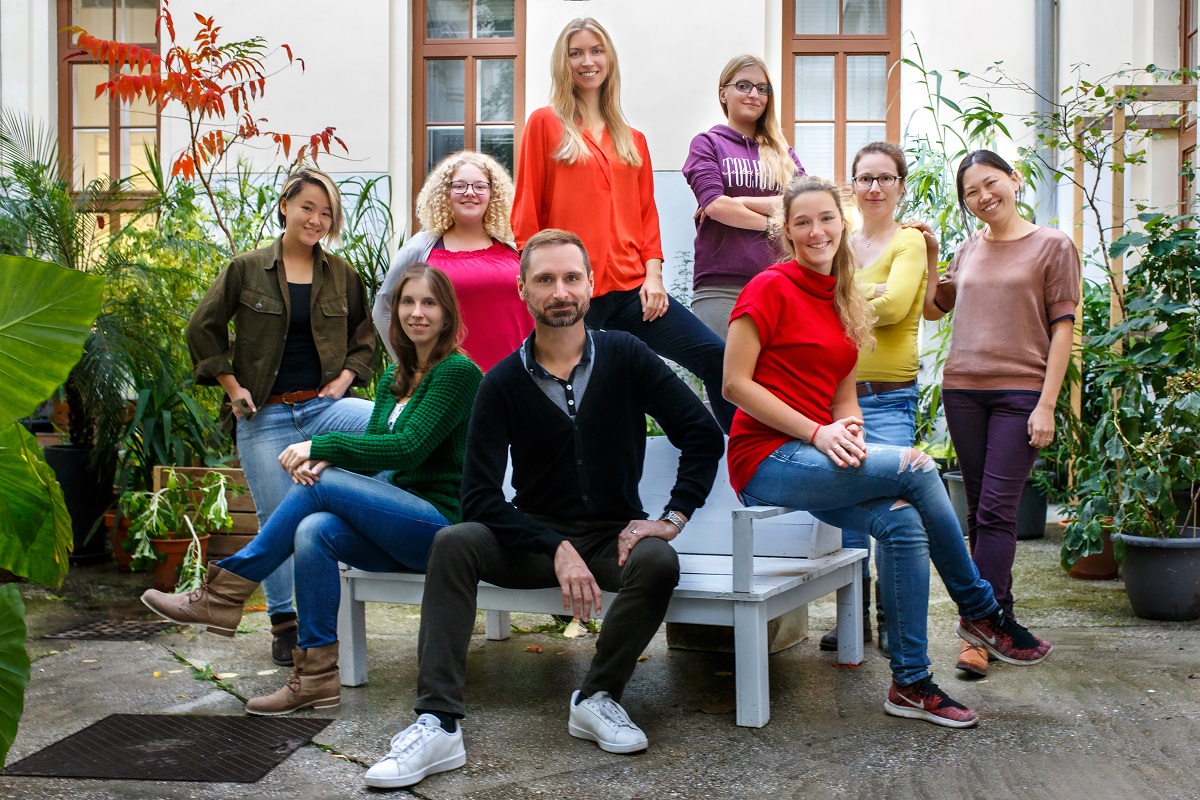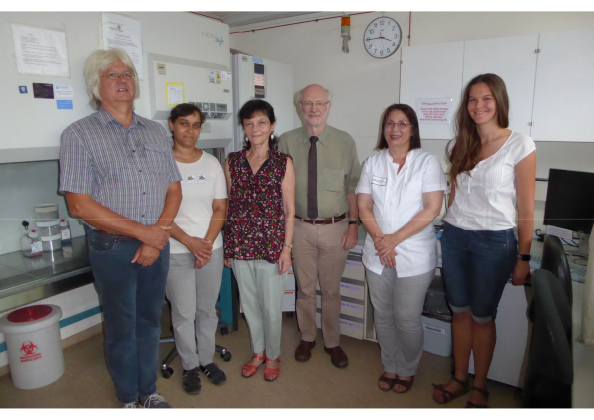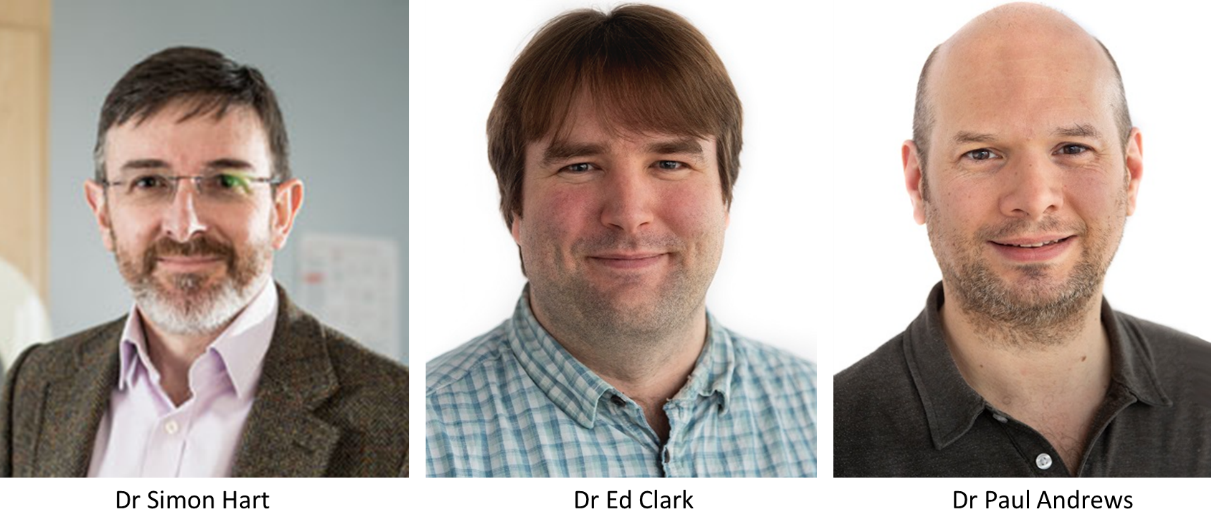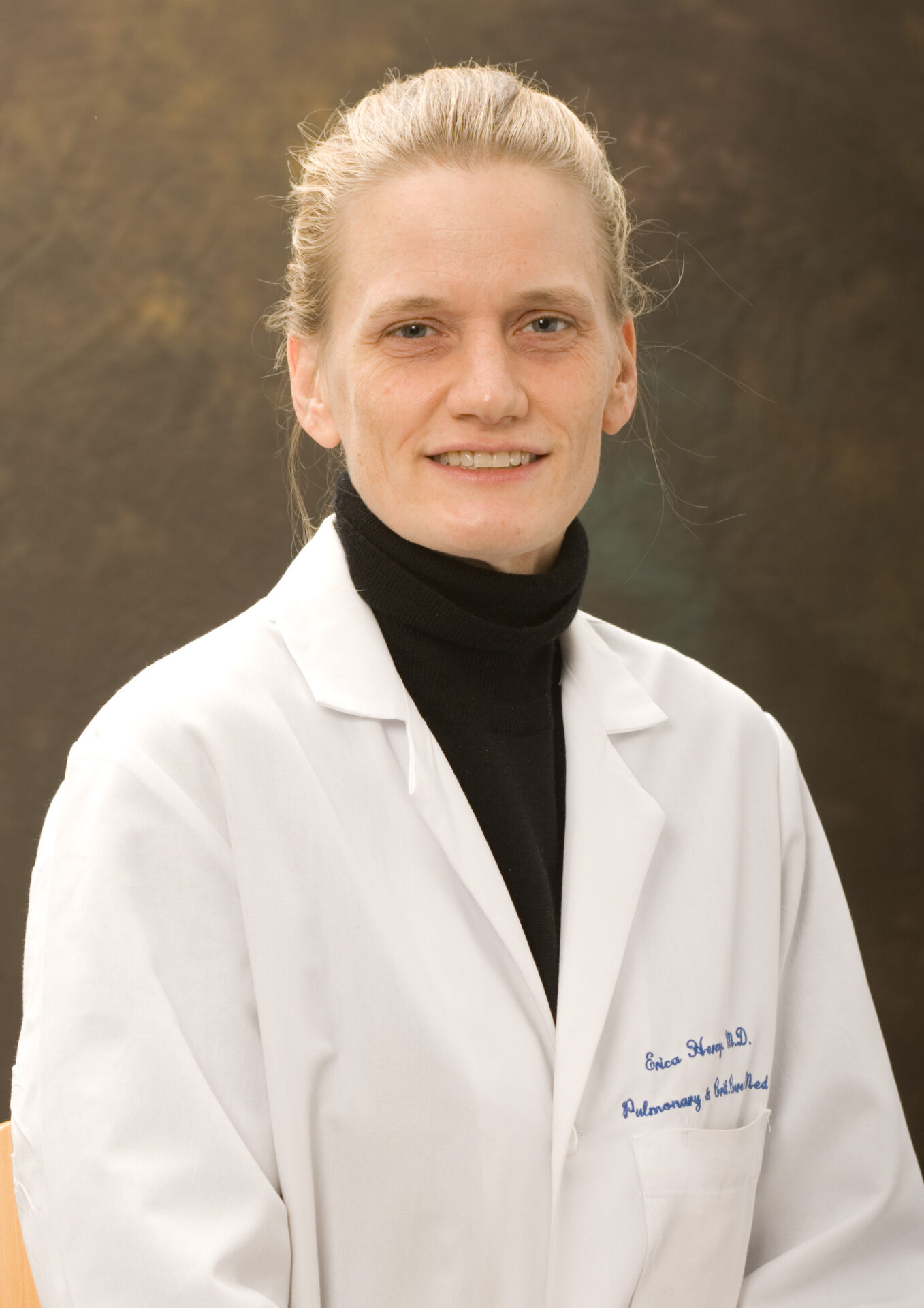A major limiting factor in discovering new insights into the pathogenesis of sarcoidosis is the lack of a viable disease model. FSR has identified research within a Sarcoidosis Disease Model as one of the critical investments of our focus, and has designated significant funding toward this initiative. In a two-phase plan, FSR is funding early stage research in this area. The FSR Model Grant opportunity will serve to ignite additional research and will help bridge funding for much-needed larger investments into the disease model space from industry, academia, and venture philanthropy. This initial grant’s Request For Applications (RFA) was opened in Fall 2016 with funding selections made in Spring 2017. A grant amount, totaling $750,000, was awarded to five projects towards the development, characterization, or improvement of a sarcoidosis disease model. In early 2019, an RFA for a continuation of funding was opened as a closed competitive process, applicable only to previously FSR-funded disease model investigators. A grant amount, totaling $300,000 for three awardees, will allow the those partners to complete 18-month projects. Following robust early-stage research made possible by this grant, FSR continues to strategize to fund another $1.5 million-plus for a the next phase of the grant with the goal of the resulting research to stimulate interest from long-term investors.
Continuation of Funding Awardees (2019)
- Ohio State University – Elliott Crouser, MD, Landon Locke, PhD, Mark Julian, MS
Ex Vivo Human Granuloma Model of Sarcoidosis: Phase 2 - Yale School of Medicine – Erica Herzog, MD, PhD
Development of an ex vivo mimetic of the Sarcoidosis lung microenvironment - Medical University of Vienna – Thomas Weichhart, PhD
Further Characterization and Improvement of a Novel Mouse Model that Spontaneously Develops Progressive Sarcoidosis by Chronic Activation of mTORC1
Disease Model Grant Awardees (2017)
- Medical University of Vienna – Thomas Weichhart, PhD
Characterization and Improvement of a Novel Mouse Model that Spontaneously Develops Progressive Sarcoidosis by Chronic Activation of mTORC1
- Ohio State University – Elliott Crouser, MD, Larry Schlesinger, MD, Wolfgang Sadee, Dr.rer.nat, Peter White, PhD
A Novel In Vitro Human Granuloma Model of Sarcoidosis - University of Freiburg – Peggy Engelhard, PhD, Gernot Zissel,PhD, Joachim Müller-Quernheim, MD, Marina A. Freudenberg, MD
Models for the investigations of the involvement of type I interferon (IFN-aB) in the pathogenesis of sarcoidosis -
University of Hull, York Medical School – Simon Hart, MBChB, PhD
Development and application of a multi-scale computational model of sarcoidosis to predict therapeutic approaches for non-self-resolving disease -
Yale School of Medicine – Erica Herzog, MD, PhD
Development of an ex vivo mimetic of the Sarcoidosis lung microenvironment
Publications:
The five awardees from the initial grant funding were asked to present their project plans at the 2017 European Respiratory Society’s annual conference. Read ERS Journal’s editorial about the project, New Advances in Development of Sarc Models (Disease Model Symposium)
View the original request for applications announcement.
Disease Model Awardee Updates
Beginning in Spring 2017, FSR provided funding to five project awardees towards the development, characterization, or improvement of a sarcoidosis disease model. FSR’s investment in this first phase of the FSR Disease Model Grant totaled $750,000. Project updates from the awardees are below:
Characterization and Improvement of a Novel Mouse Model that Spontaneously Develops Progressive Sarcoidosis by Chronic Activation of mTORC1
Medical University of Vienna – Thomas Weichhart, PhD
“We have developed a novel mouse model that closely mimics progressive sarcoidosis with regard to histopathology, organ distribution, and immune cell alterations. In this model, genetic activation of a gene called mTOR in macrophages initiates spontaneous granuloma formation, which constitutes the hallmark of the disease. We also observed chronic activation of mTOR in progressive sarcoidosis patients in contrast to patients with a self-limiting form of this disease. We have now also implicated altered mTOR signaling in sarcoidosis patients with a familial form of the disease. We are currently investigating whether the model also mimics other histopathologies and immune responses of sarcoidosis patients.“
A Novel In Vitro Human Granuloma Model of Sarcoidosis
Ohio State University – Elliott Crouser, MD; Larry Schlesinger, MD; Wolfgang Sadee, Dr.rer.nat; Peter White, PhD
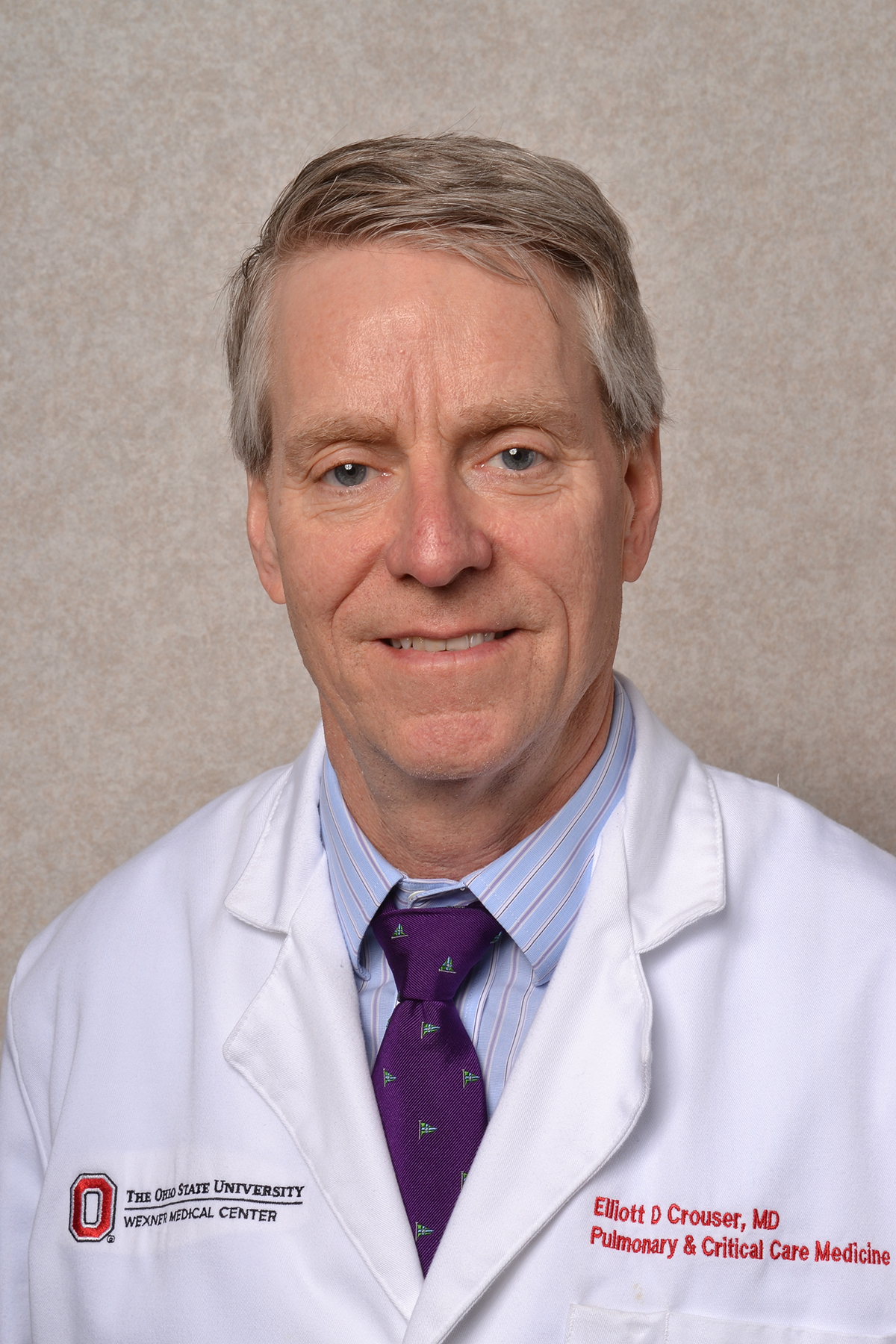
“Data from our ex vivo model have shown that sarcoidosis PBMCs stimulated with mycobacterial antigen (PPD) respond atypically (compared to disease free controls) to produce granuloma-like structures ex vivo. These ex vivo granulomas are shown to exhibit molecular features that are observed in the tissues of patients with pulmonary sarcoidosis. The development of our ex vivo human granuloma model allows us to investigate the genesis of granulomas in sarcoidosis patients, which addresses the single largest barrier to understanding disease mechanisms and to develop disease specific treatments. The model also allows us to consider environmental disease triggers and modifiers, and to conduct pre-clinical testing of novel therapies.”
Models for the investigations of the involvement of type I interferon (IFN-aB) in the pathogenesis of sarcoidosis
University of Freiburg – Peggy Engelhard, PhD; Gernot Zissel, PhD; Joachim Müller-Quernheim, MD; Marina A. Freudenberg, MD
“A variety of agents are suspected to induce sarcoidosis including but not limited to bacteria (P. acnes, M. tuberculosis), compounds like clay or metals and others. In our project funded by the FSR we are following the hypothesis that the activity of such sarcoidosis triggers might be amplified by type I interferon (IFN-ab). We are performing in vitro experiments with mouse and human macrophages, cells crucially involved in the pathogenesis of sarcoidosis. Our work on disease models of sarcoidosis funded by the FSR uncovered some new aspects in the etiology of sarcoidosis.”
Development and application of a multi-scale computational model of sarcoidosis to predict therapeutic approaches for non-self-resolving disease
University of Hull, York Medical School – Simon Hart, MBChB, PhD
“Our project utilises an interdisciplinary approach (including clinicians, biomedical scientists and software engineers) to develop an in silico computer simulation that models key intracellular signalling pathways that control cells to drive active sarcoidosis pathology. We have developed SarcoidSim, an in silico model that captures the mTOR network and MAPK pathway, both of which are tailored to macrophages, the dominant cells present in sarcoidosis granulomas. Analysis of SarcoidSim indicates potential roles for pathways which are targetable by drugs currently in clinical trials for cancer.”
Development of an ex vivo mimetic of the Sarcoidosis lung microenvironment
Yale School of Medicine – Erica Herzog, MD, PhD
“In the first period of FSR funding we have used several engineering-based methods to study an acellular region of the lung called the extracellular matrix (ECM). We will develop a more advanced and tunable modeling system to test the hypothesis that the immune dysregulation seen in sarcoidosis is differentially regulated by interactions with ECM stiffness and protein composition. Results of these studies will allow better understanding of how the ECM drives immune cell dysfunction in patients with stage IV sarcoidosis and may provide new opportunities for therapeutic intervention. Data obtained under the FSR funding mechanism have already supported the submission of sarcoidosis focused R01 and UH3 applications submitted by Dr. Herzog and her team.”

